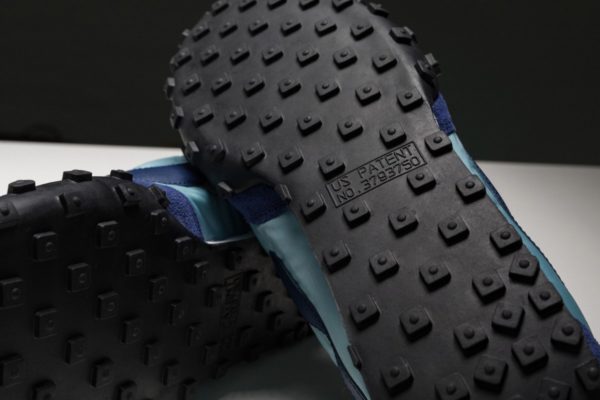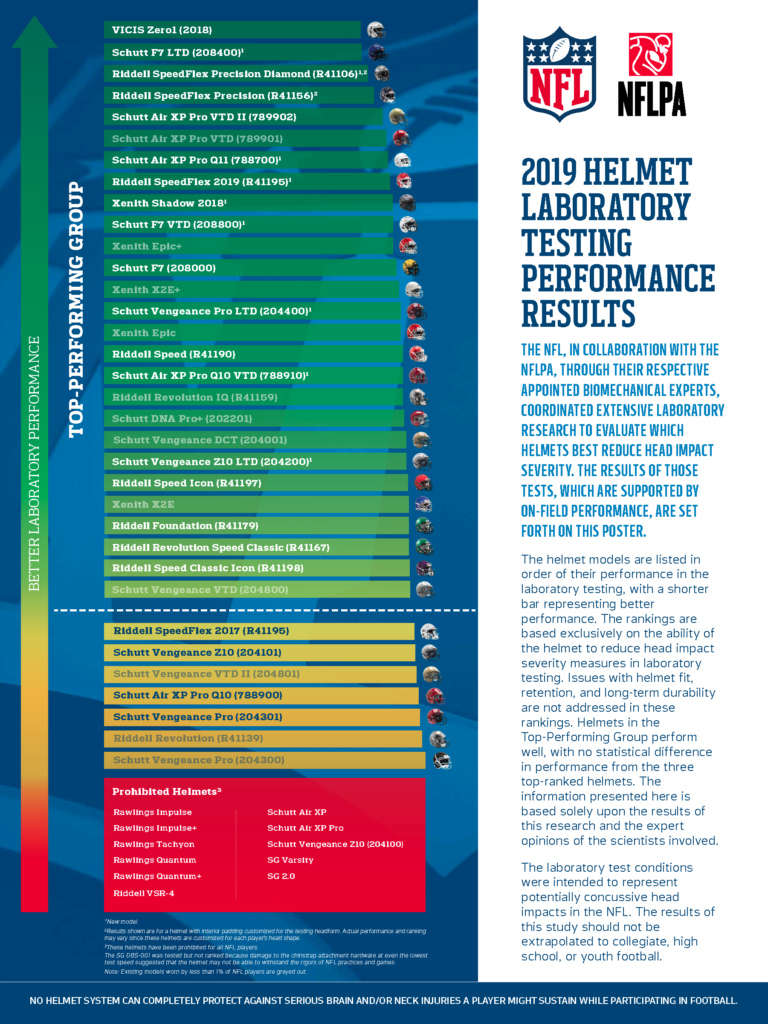Today, April 26th, 2019 marks the 19th annual World Intellectual Property (IP) Day.
Each year, IP offices, inventors, enterprises, and students are encouraged to celebrate the important role intellectual property rights play in encouraging innovation and creativity.
This year’s theme, “Reach for the Gold: IP and Sports,” examines how sport inspires innovation around the world. In celebration of this year’s theme, take a look at 5 popular pieces of intellectual property in sports technology.
This slideshow requires JavaScript.
1. The Athletic Cleat
In the early 1920s, cleats were made of leather and nailed to the sole of a shoe. This required the use of a cobbler to make any kind of an alteration which was inconvenient, especially when athletes needed different cleats for different weather. After being inconvenienced too many times, John T. Riddell was inspired to create the removable cleat in 1923.
After finding success in creating numerous athletic cleats, Riddell went on to found John T. Riddell, Inc. in 1929, a company dedicated to innovation, protection, and performance.
2. The Helmet
In 1939, Riddell invented the first plastic suspension helmet. Riddell’s version of the helmet replaced the soft leather helmets formally used, with a plastic shell and a webbed suspension that could absorb some of the shock impacting the head when a player was struck on the field.
The US government took notice of the invention and soon after, Riddell granted the government a license to use his suspension system in the production of military helmets and liners during World War II.
The company continued to find success after John T. Riddell passed away in 1945, exclusively outfitting all NFL teams (with the exception of the New England Patriots) from the mid-1970s to 2013.
In the hopes of encouraging innovation and prevention of head injuries, the NFL revoked Riddell’s exclusive branding rights as “the official helmet of the NFL” at the end of the 2013 season; However, Riddell still retains its exclusive commercial license for collectible helmets.
Today players are encouraged to use “top-performing” helmets as listed by the NFL. Riddell currently produces nine of the 27 models listed as “top-performing.”
3. Nike and the Waffle Trainer Sole

Nike’s Bill Bowerman was inducted into the National Inventors Hall of Fame in 2014 for his contributions to the modern athletic shoe.
His “Waffle Trainer Sole” was the first shoe that featured raised rubber nubs similar to those on modern mountain bike tires, giving the athletic shoe traction without weighing it down. Bowerman’s first prototype was created using his wife’s waffle iron.
Bowerman joined forces with his former student Phil Knight to found Blue Ribbon Sports (Nike’s predecessor) in 1964. They opened their first retail outlet in 1966 and launched the Nike in 1972.
The Nike Swoosh trademark was created by Carolyn Davidson in 1971. Knight originally paid Davidson $35 for the design, but eventually compensated her with a golden swoosh ring and 500 shares of Nike stock to express his gratitude.
4. Gatorade

Gatorade was created in the summer of 1965 by a group of scientists at the University of Florida. Researchers Dr. Robert Cade, Dr. Dana Shires, Dr. H. James Free, and Dr. Alejandro de Quesada were tasked with creating a solution for the school’s football players (the Gators) being affected by the hot Florida sun during football practice.
Their creation was Gator-aid, a precisely balanced carbohydrate-electrolyte beverage that adequately replaced fluids and electrolytes lost through extensive exercise.
When the Gators began outlasting a number of heavily favored opponents, other teams took notice and the use of Gatorade began to spread outside the state of Florida. In the years that followed, more and more NFL teams began placing Gatorade on the sidelines of their games and practices, and in 1983, Gatorade became the official sports drink of the NFL. Gatorade has also been considered “the official sports drink” for numerous other professional, collegiate, and amateur sports teams and events throughout the world since its inception.
5. The Flex-Foot Cheetah

This iconic prosthetic was created by Van Phillips in the 1980s after he lost part of his leg in a water skiing accident.
Frustrated by the stiff, uncomfortable prosthetics at the time, Phillips was determined not only to create a better prosthetic but to return to his athletic, active lifestyle.
In 1985, Phillips was granted his first patent for a “Composite prosthetic foot and leg” under Flex-Foot, Inc.
Since then Phillips has attained approximately 100 U.S. and international patents and has made it possible for amputees to live richer, more active lives and participate in sports such as running, skiing, hiking, and climbing.
History of World IP Day
On April 26th, 1970 the WIPO (World Intellectual Property Organization) was established as a specialized agency of the United Nations. WIPO is dedicated to developing a balanced and accessible international intellectual property (IP) system, to encourage creative activity, and to promote the protection of intellectual property throughout the world.
The anniversary of its founding is observed by World IP Day, a day of promoting and increasing general understanding of intellectual property. World IP Day was officially designated on April 26th, 2000.
—


